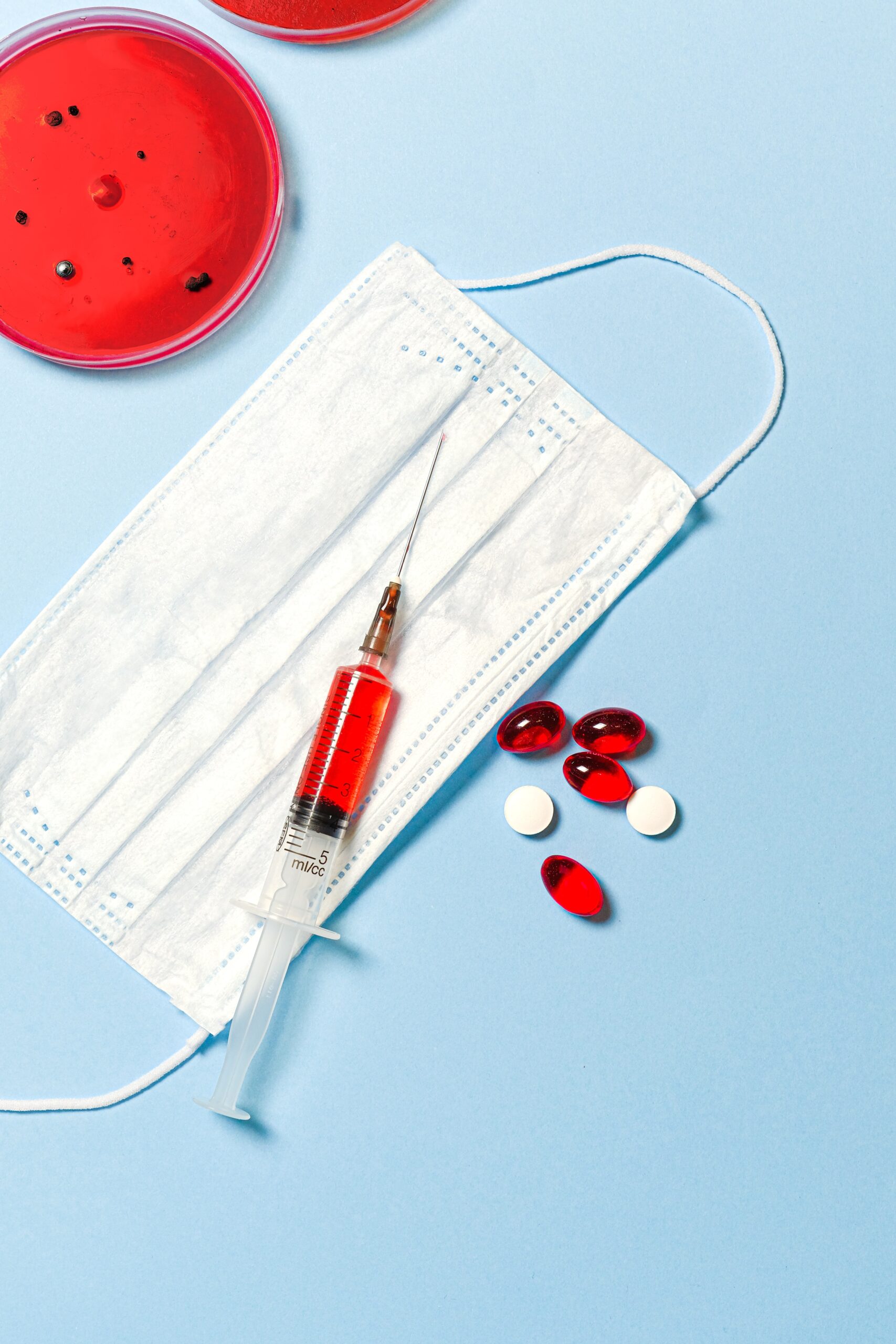Studies show that 11.3 %, or 37.3 million, of Americans, had been diagnosed with diabetes in 2022. According to the American Diabetes Association, about 1.9 million have type 1 diabetes. The prevalence of the condition is higher in the older population. There are 1.4 million cases diagnosed in America.
Your primary healthcare provider can diagnose diabetes with a blood test to show the sugar levels in the blood. The blood sugar level or blood glucose level can also help identify the type of diabetes that you may have. It is important to note that you cannot diagnose diabetes with the help of blood testing equipment you might find over the counter. Read on to learn how diabetes is tested.
Who Is Tested for Diabetes?
Anyone with diabetes symptoms should be tested for metabolic conditions. Some people may not have any symptoms but may have the risk factors for type 2 diabetes. For example, pregnant women are tested for gestational diabetes even if they do not show any signs of diabetes in the early stages of their pregnancy.
Which Tests Are Used to Diagnose Diabetes?
Healthcare providers use a wide range of tests to diagnose prediabetes and diabetes. They will recommend a test based on your symptoms or your pregnancy.
A1C Test
The A1C test provides the average blood sugar levels in the past three months. It is also known as the HbA1C, A1C, glycosylated or glycated haemoglobin test. Your doctor will consider a wide range of factors before ordering the A1C test, like what trimester of your pregnancy you are on or whether you have any anaemia.
You can eat or drink before or after the test. However, it is essential to note that the A1C test might not be accurate in some cases since some types of haemoglobin interfere with the levels of A1C. Your doctor will compare your A1C levels with your blood sugar levels to determine whether the A1C test is reliable. Your A1C levels are reported in the form of percentages. The higher the percentage, the higher the blood sugar levels.
Fasting Plasma Glucose Test
Also known as the FPG test, the fast plasma glucose test measures your blood glucose levels at a single point in time. Your doctor will recommend you take the test early in the morning when you wake up or after you have fasted for more than 8 hours. This means you are not supposed to have eaten anything other than sips of water during the period.
Random Plasma Glucose Test
Doctors also use a random plasma test to diagnose diabetes if you show symptoms of diabetes and do not want to wait for the fasted 8 hours to take a test. You can take the random plasma glucose test at any time.
The Glucose Challenge Test
If you are pregnant, your healthcare provider might want to test for gestational diabetes using the glucose challenge test. It is also known as a glucose screening test, where your blood sugar is tested after an hour of taking a sweet liquid containing glucose.
You also do not need to have fasted for this test. However, if your blood sugar levels are high, i.e. 135mg/dl to 140mg/dl, you will need to take an oral glucose test that you will take while fasting.
Oral Glucose Tolerance Test
Also referred to as the OGTT, the oral glucose test helps doctors test for prediabetes, type 2 diabetes and gestational diabetes. It is more expensive than the glucose challenge and FPG tests and is more complicated.
You must fast for 8 hours before taking a blood sample to test for blood sugar levels. After that, you will need to take a sweet liquid, and a blood sample will be taken after 2 hours to check your blood glucose levels. If your blood sugar levels are high, you are said to have diabetes.
What Results Will Show That I Have Diabetes?
Below is a table to help you understand your test results better. However, if you are pregnant, ask your doctors for a clearer interpretation of the results.
| Diagnosis | A1C | Fasting Plasma Glucose | Oral Glucose Tolerance Test | Random Plasma Glucose Test |
|---|---|---|---|---|
| Normal | below 5.7% | 99 mg/dL or below | 139 mg/dL or below | N/A |
| Prediabetes | 5.7% to 6.4% | 100 to 125 mg/dL | 140 to 199 mg/dL | N/A |
| Diabetes | 6.5% or above | 126 mg/dL or above | 200 mg/dL or above | 200 mg/dL or above |
Are you looking for ways to monitor and manage type 2 diabetes? Visit Columbia Medical Continuous Glucose Monitoring Systems (CGMS). We are experts in continuous glucose monitoring devices to help you manage Type 1 and Type 2 diabetes with no finger sticks! We will help you devise the perfect plan to manage your condition to improve your quality of life.

